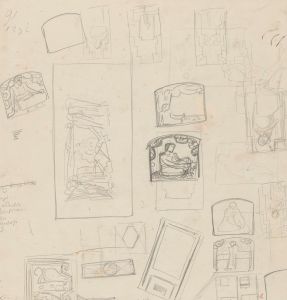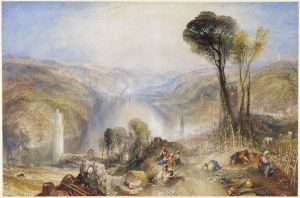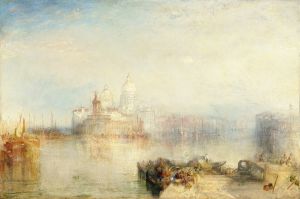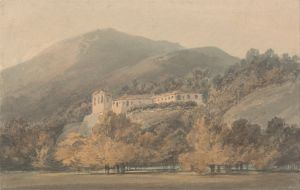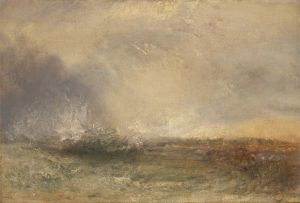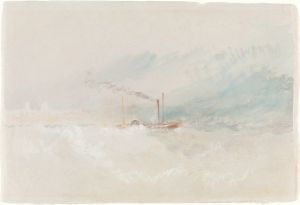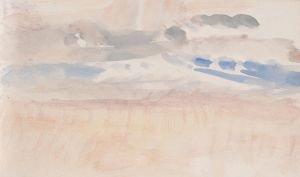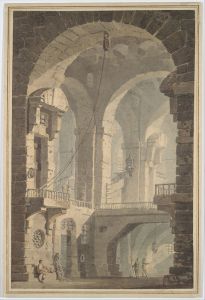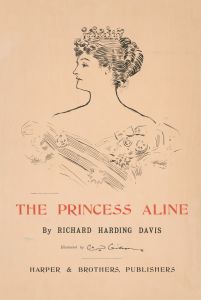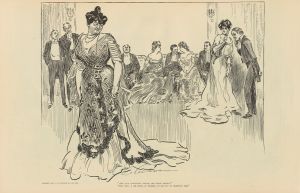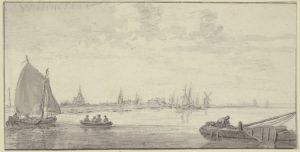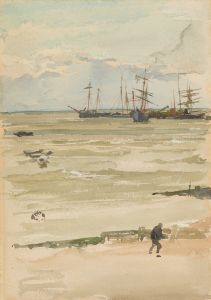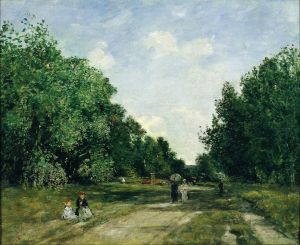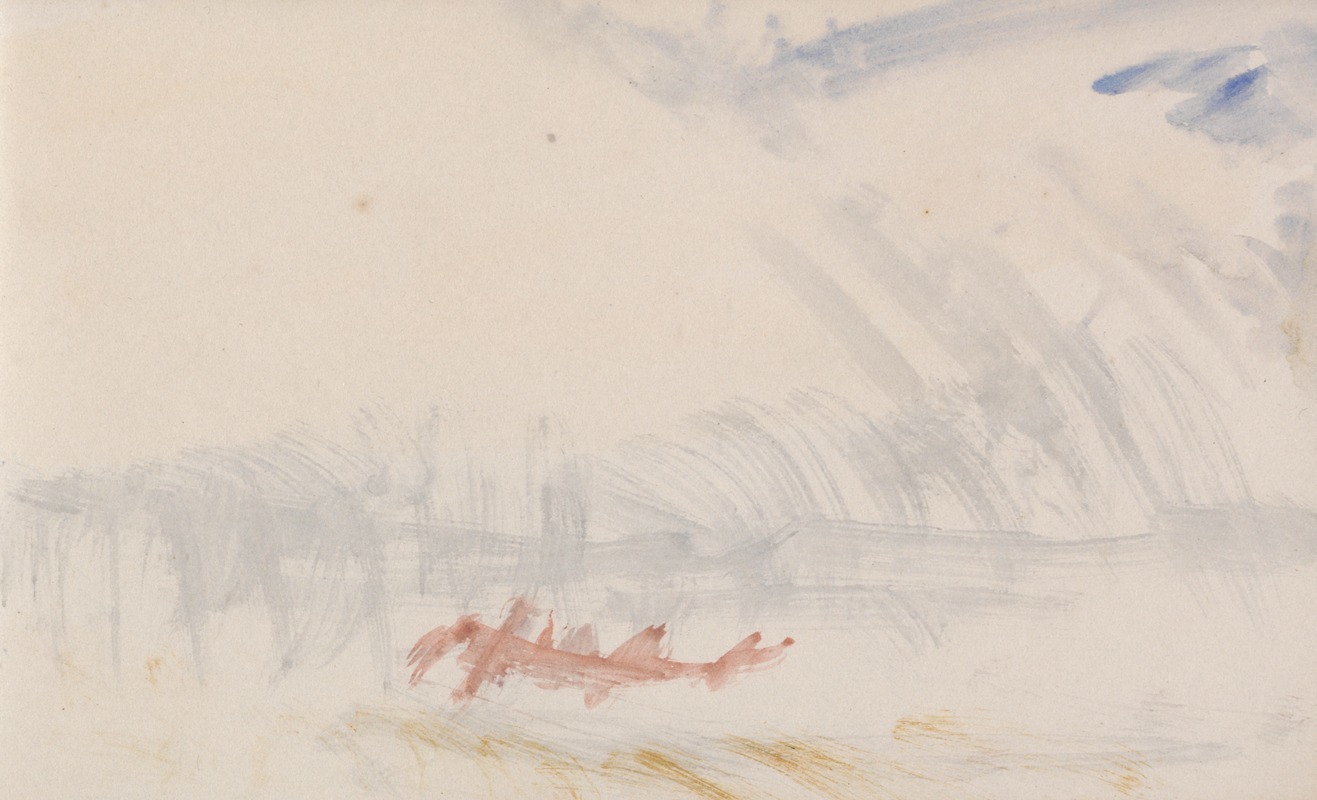
The Channel Sketchbook 30
A hand-painted replica of Joseph Mallord William Turner’s masterpiece The Channel Sketchbook 30, meticulously crafted by professional artists to capture the true essence of the original. Each piece is created with museum-quality canvas and rare mineral pigments, carefully painted by experienced artists with delicate brushstrokes and rich, layered colors to perfectly recreate the texture of the original artwork. Unlike machine-printed reproductions, this hand-painted version brings the painting to life, infused with the artist’s emotions and skill in every stroke. Whether for personal collection or home decoration, it instantly elevates the artistic atmosphere of any space.
Joseph Mallord William Turner, an eminent British artist known for his expressive colorization, imaginative landscapes, and turbulent marine paintings, created a series of sketchbooks throughout his career. One of these is "The Channel Sketchbook 30," which is part of his extensive body of work that captures the essence of natural and architectural beauty.
Turner was born in 1775 and became one of the most celebrated landscape painters of the 19th century. His innovative approach to capturing light and atmosphere marked a significant departure from the more detailed and precise styles of his predecessors. Turner’s work laid the groundwork for later developments in Impressionism.
"The Channel Sketchbook 30" is one of many sketchbooks Turner used during his travels. Turner was known for his extensive travels across Europe, where he sought inspiration from various landscapes and seascapes. His sketchbooks served as a vital tool for capturing the fleeting effects of light and weather, which he would later translate into his finished paintings.
The sketchbooks, including "The Channel Sketchbook 30," are characterized by quick, fluid sketches that capture the essence of the scenes he observed. These sketches often include both pencil and watercolor, allowing Turner to experiment with color and composition on the spot. The spontaneity of these sketches provides insight into Turner’s creative process and his ability to distill complex scenes into simple, yet evocative, forms.
Turner’s fascination with the sea is evident in many of his works, and "The Channel Sketchbook 30" likely includes studies of the English Channel, a frequent subject in his oeuvre. The Channel, with its ever-changing weather and light conditions, offered Turner a dynamic subject to explore the interplay of light, water, and sky. His ability to capture the sublime power and beauty of the sea is one of the hallmarks of his work.
The sketchbooks are housed in various collections, with many of them, including "The Channel Sketchbook 30," being part of the Turner Bequest at Tate Britain. This bequest, made after Turner’s death in 1851, included a vast number of his works, providing a comprehensive view of his artistic journey. The sketchbooks are invaluable resources for understanding Turner’s development as an artist and his contributions to the Romantic movement.
Turner’s work, including his sketchbooks, continues to be studied and admired for its innovative approach to landscape painting. His ability to convey the emotional and atmospheric qualities of a scene has left a lasting impact on the art world. "The Channel Sketchbook 30," like many of his sketchbooks, offers a glimpse into the mind of an artist who was constantly observing, experimenting, and pushing the boundaries of his medium.
In summary, "The Channel Sketchbook 30" is a testament to Turner’s skill as a draftsman and his relentless pursuit of capturing the essence of the natural world. Through these sketches, we gain insight into the techniques and themes that define Turner’s legacy as one of Britain’s greatest artists.





